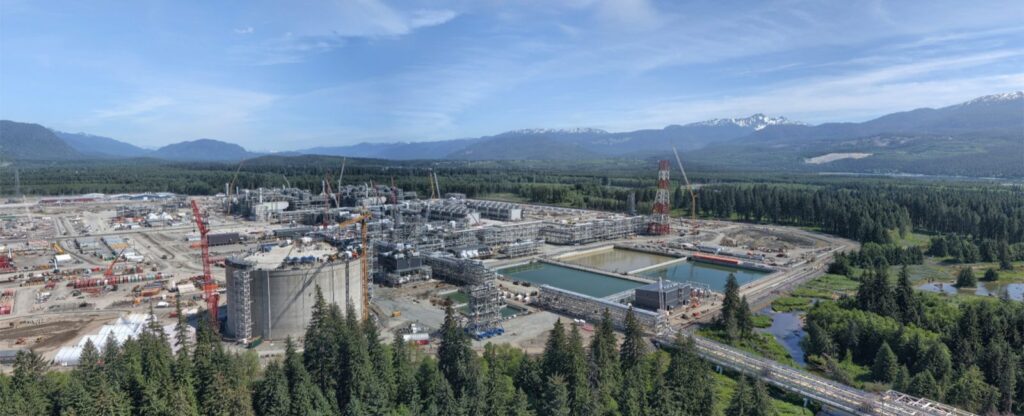Feb 21, 2020
LNG Outlook 2020

Share
Global demand for liquefied natural gas (LNG) grew by 12.5% to 359 million tonnes in 2019, according to Shell’s latest annual LNG Outlook published today – a significant increase that bolsters LNG’s growing role in the transition to a lower-carbon energy system.
2019 saw key developments that are helping to reshape the industry:
- an industry record of 40 million tonnes of additional supply becoming available and being consumed by the market.
- the belief in long-term demand growth triggering record investment decisions in liquefaction capacity of 71 million tonnes.
- an increase in diversity of contractual structures, providing a wider range of options to LNG buyers.
- the growing role of gas in improving air quality through coal-to-gas switching in the power and industrial sectors, with coal generation phase-out announcements more than trebling.
Natural gas emits between 45 and 55% fewer greenhouse gas emissions and less than one-tenth of the air pollutants than coal when used to generate electricity.
“The global LNG market continued to evolve in 2019 with demand increasing for LNG and natural gas in power and non-power sectors. Record supply investments will meet people’s growing need for the most flexible and cleanest-burning fossil fuel.”
– Maarten Wetselaar, Integrated Gas and New Energies Director, Shell
Europe absorbed the majority of 2019 supply growth as competitively-priced LNG furthered coal-to-gas switching in the power sector and replaced declining domestic gas production and pipeline gas imports. In China, LNG imports increased by 14% in 2019 as efforts continued to improve urban air quality.
Over the longer-term, global LNG demand is expected to double to 700 million tonnes by 2040, according to forecasts*, as gas plays a significant role in shaping a lower-carbon energy system. Asia is expected to remain the dominant region in the decades to come, with South and South-east Asia generating more than half of the increased demand.


